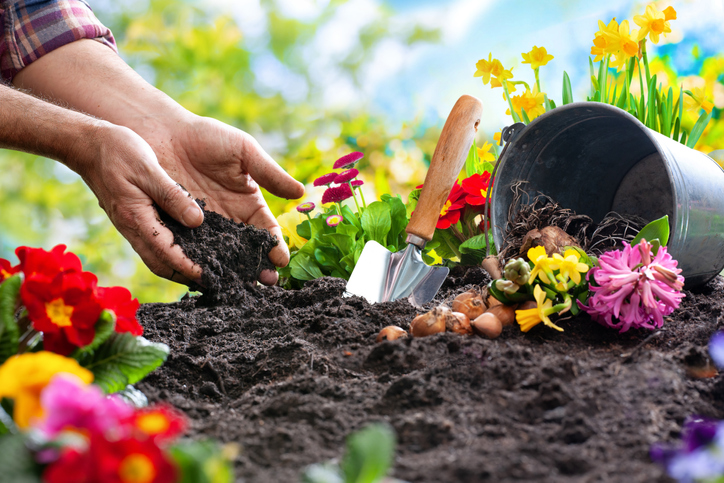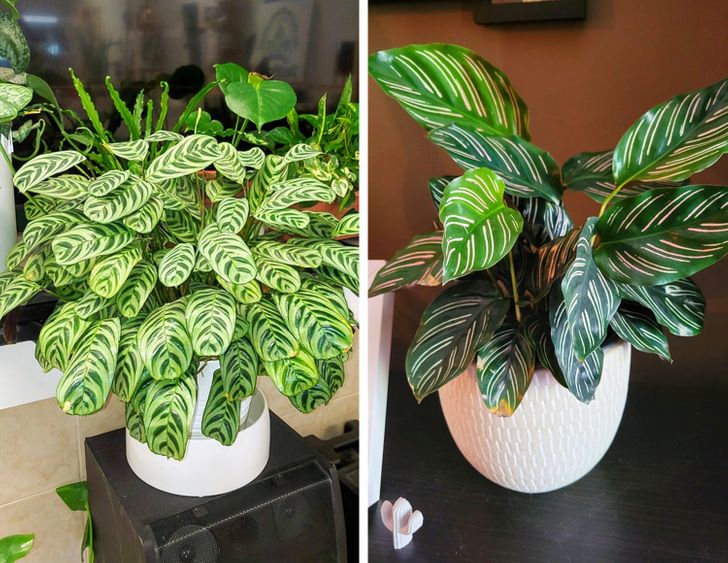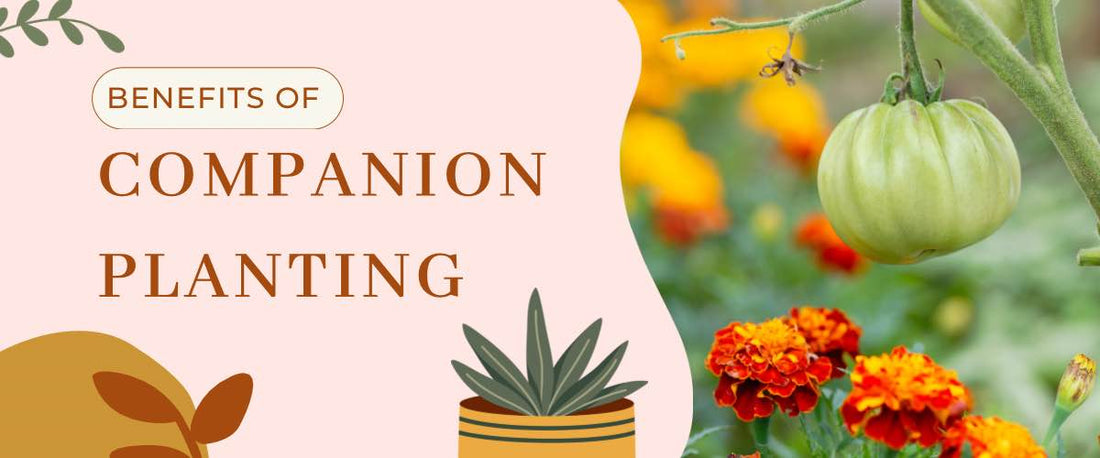
The wind whips, the sun beats down relentlessly, and the soil seems to dry up before you can even water it. Gardening in exposed locations can feel like a constant battle against the elements. But don’t despair, fellow green thumbs! With the right knowledge and a little bit of planning, you can transform these challenging spaces into thriving oases of beauty and biodiversity. This comprehensive guide will walk you through the art of choosing plants for exposed locations, empowering you to create gardens that not only survive but flourish.
Understanding the Challenges of Exposed Locations
Before we dive into plant selection, let’s understand the specific challenges that exposed locations present. These environments are, by definition, unprotected from the full force of nature. This lack of shelter translates into a variety of stressors that plants must endure:
- Wind: Strong winds can cause physical damage to plants, tearing leaves, snapping stems, and even uprooting them. Wind also increases transpiration, leading to faster water loss from the plant’s leaves.
- Sun: Intense sunlight, especially during the hottest parts of the day, can scorch leaves and overheat the soil. This can be particularly damaging to plants that are not adapted to high light levels.
- Drought: Exposed locations often experience lower humidity and faster soil drying. This can lead to drought stress, where plants are unable to absorb enough water to meet their needs.
- Temperature Extremes: Exposed areas can experience more dramatic temperature fluctuations, with higher highs in the summer and colder lows in the winter. This can stress plants and make them more susceptible to damage.
- Soil Conditions: Exposed locations may have poor soil quality due to erosion, compaction, or a lack of organic matter. This can make it difficult for plants to establish healthy root systems.
Successfully gardening in these locations requires a shift in mindset. You need to select plants that are specifically adapted to these harsh conditions. This is not about fighting nature; it’s about working with it.
Key Considerations When Choosing Plants
Choosing the right plants for an exposed location involves careful consideration of several factors:
1. Wind Tolerance
Wind is perhaps the most significant challenge in exposed locations. Plants with strong stems, flexible branches, and smaller leaves are generally more wind-tolerant. Consider the following:
- Stem Strength: Look for plants with sturdy stems that can withstand strong gusts.
- Branch Flexibility: Flexible branches can bend with the wind without breaking.
- Leaf Size and Shape: Smaller leaves and those with a narrow shape are less likely to be damaged by wind. Consider plants with needle-like leaves.
- Root Systems: Deep and well-developed root systems help anchor plants in the soil, making them less susceptible to being uprooted.
2. Sun Exposure
The amount of sunlight a plant receives is crucial. Determine the level of sun exposure in your location:
- Full Sun: Plants that thrive in full sun need at least six hours of direct sunlight per day.
- Partial Sun/Shade: Plants that prefer partial sun or shade need less than six hours of direct sunlight per day.
- Reflected Heat: Be aware of reflected heat from walls or pavement, which can intensify sun exposure.
Choose plants that are adapted to the level of sun exposure in your location. Consider plants with:
- Waxy Leaves: Waxy leaves can help reduce water loss and protect against sunburn.
- Silver or Gray Foliage: Silver or gray foliage reflects sunlight, helping to keep the plant cooler.
- Hairy Leaves: Hairy leaves can trap moisture and provide some protection from the sun.
3. Drought Tolerance
Drought tolerance is essential in exposed locations. Look for plants that can survive with minimal water. Consider:
- Deep Root Systems: Deep roots can access water deeper in the soil.
- Water Storage: Some plants have specialized tissues that store water.
- Reduced Transpiration: Plants with small leaves, waxy leaves, or hairy leaves transpire less water.
- Dormancy: Some plants can go dormant during dry periods, conserving energy and water.
4. Soil Conditions
Assess your soil conditions:
- Drainage: Well-draining soil is crucial to prevent root rot.
- Nutrient Content: Amend the soil with compost or other organic matter to improve nutrient content.
- pH Level: Test your soil’s pH to ensure it is suitable for the plants you choose.
Consider adding organic matter to improve soil structure, water retention, and drainage. Choose plants that are adapted to the soil type in your location.
5. Hardiness Zone
Determine your hardiness zone, which indicates the average minimum winter temperatures in your area. Choose plants that are hardy enough to survive the winter in your zone. You can find your hardiness zone on the USDA Plant Hardiness Zone Map.
Plant Selection: Best Choices for Exposed Locations
Now, let’s explore some specific plant recommendations for exposed locations, categorized by type:
Trees
Trees provide shade, windbreaks, and visual interest. Here are some excellent choices:
- Eastern Red Cedar (Juniperus virginiana): A highly wind-tolerant evergreen tree with a pyramidal shape. It’s also drought-tolerant and adaptable to various soil conditions.
- Austrian Pine (Pinus nigra): A tough evergreen tree that can withstand strong winds and poor soil. It has dark green needles and a dense, pyramidal form.
- Honey Locust (Gleditsia triacanthos): A deciduous tree with delicate foliage that allows sunlight to filter through. It’s tolerant of wind, drought, and various soil conditions. Some varieties are thornless.
- River Birch (Betula nigra): A beautiful tree with peeling bark that adds visual interest. It’s moderately wind-tolerant and adaptable to various soil types, including wet conditions.
Shrubs
Shrubs add structure and beauty to your garden. Here are some excellent choices:
- Russian Sage (Perovskia atriplicifolia): A beautiful, fragrant shrub with silver-gray foliage and blue-purple flowers. It’s highly drought-tolerant and thrives in full sun.
- Butterfly Bush (Buddleja davidii): A fast-growing shrub that attracts butterflies. It’s tolerant of wind and drought and comes in a variety of colors. (Note: some varieties can be invasive in certain regions; research local regulations.)
- Potentilla (Potentilla fruticosa): A hardy shrub with colorful flowers that bloom throughout the summer. It’s tolerant of wind, drought, and various soil conditions.
- Spirea (Spiraea spp.): A wide variety of spireas are available, offering different sizes, flower colors, and foliage textures. Many are wind-tolerant and adaptable.
- Sea Buckthorn (Hippophae rhamnoides): A very hardy shrub known for its orange berries, which are rich in vitamins. It is tolerant of salt spray, wind, and drought.
Perennials
Perennials provide long-lasting beauty and require less maintenance than annuals. Here are some excellent choices:
- Coneflower (Echinacea purpurea): A classic perennial with daisy-like flowers that come in a variety of colors. It’s drought-tolerant and attracts pollinators.
- Blanket Flower (Gaillardia spp.): A cheerful perennial with daisy-like flowers in shades of red, orange, and yellow. It’s drought-tolerant and thrives in full sun.
- Lavender (Lavandula spp.): A fragrant perennial with beautiful purple flowers. It’s drought-tolerant and attracts pollinators.
- Sedum (Sedum spp.): A succulent perennial with fleshy leaves and colorful flower heads. It’s drought-tolerant and comes in a variety of shapes and sizes.
- Yarrow (Achillea millefolium): A tough perennial with fern-like foliage and clusters of colorful flowers. It’s drought-tolerant and attracts pollinators.
- Sea Holly (Eryngium spp.): A striking perennial with spiky, blue flowers and foliage. It’s drought-tolerant and attracts pollinators.
- Russian Sage (Perovskia atriplicifolia): (Mentioned again due to its versatility) While often classified as a shrub, this plant behaves like a perennial in many climates and is incredibly well-suited to exposed locations.
Groundcovers
Groundcovers help to suppress weeds, conserve moisture, and add visual interest. Here are some excellent choices:
- Creeping Thyme (Thymus serpyllum): A low-growing groundcover with fragrant leaves and small, colorful flowers. It’s drought-tolerant and tolerates foot traffic.
- Sedum (Sedum spp.): (Mentioned again due to its versatility) Certain low-growing Sedum varieties make excellent groundcovers, offering drought tolerance and a range of textures and colors.
- Ice Plant (Delosperma spp.): A succulent groundcover with daisy-like flowers in vibrant colors. It’s drought-tolerant and thrives in full sun.
- Juniper (Juniperus horizontalis): Low-growing Juniper varieties can spread and create an effective, drought-tolerant ground cover.
Grasses
Ornamental grasses add texture, movement, and visual interest to your garden. Here are some excellent choices:
- Little Bluestem (Schizachyrium scoparium): A native grass with blue-green foliage that turns reddish-bronze in the fall. It’s drought-tolerant and provides winter interest.
- Switchgrass (Panicum virgatum): A tall, upright grass with green foliage that turns golden in the fall. It’s drought-tolerant and adaptable to various soil conditions.
- Feather Reed Grass (Calamagrostis x acutiflora ‘Karl Foerster’): A very popular and upright grass that provides vertical interest. It’s relatively low-maintenance and tolerant of various conditions.
Vines
Vines can add vertical interest and cover unsightly structures. Choose carefully, as some vines can be aggressive. Here are some excellent choices:
- Trumpet Vine (Campsis radicans): A vigorous vine with showy trumpet-shaped flowers that attract hummingbirds. It’s drought-tolerant and thrives in full sun. (Note: can be aggressive; consider carefully before planting).
- Virginia Creeper (Parthenocissus quinquefolia): A fast-growing vine with attractive foliage that turns red in the fall. It’s drought-tolerant and adaptable to various soil conditions.
- Climbing Roses: Certain climbing rose varieties are relatively drought-tolerant and can add beauty and fragrance to your exposed garden. Choose varieties specifically bred for hardiness and disease resistance.
Planting and Care Tips for Exposed Locations
Once you’ve chosen your plants, proper planting and care are essential for success:
1. Soil Preparation
Before planting, amend the soil with compost or other organic matter to improve drainage, water retention, and nutrient content. This is especially important in exposed locations where the soil may be poor.
2. Planting Time
Planting in the spring or fall is generally best, as the temperatures are milder and the plants have time to establish their roots before the heat of summer or the cold of winter. Avoid planting during periods of extreme heat or drought.
3. Watering
Water deeply and infrequently, allowing the soil to dry out slightly between waterings. This encourages the plants to develop deep root systems, making them more drought-tolerant. Consider using a soaker hose or drip irrigation system to deliver water directly to the roots.
4. Mulching
Apply a layer of mulch around your plants to help retain moisture, suppress weeds, and regulate soil temperature. Organic mulches, such as wood chips or shredded bark, are best.
5. Fertilizing
Fertilize your plants sparingly, as excessive fertilization can make them more susceptible to drought stress. Use a slow-release fertilizer or a balanced fertilizer formulated for the specific needs of your plants.
6. Pruning
Prune your plants regularly to remove dead or damaged branches and to shape them as needed. This will help to improve air circulation and reduce the risk of disease. Pruning can also help to encourage more compact growth, which can be beneficial in windy locations.
7. Wind Protection
If your location is particularly windy, consider providing some wind protection for your plants. This can be achieved by:
- Planting a windbreak: Use trees, shrubs, or fences to create a barrier against the wind.
- Using temporary windbreaks: Place burlap or shade cloth around young or vulnerable plants.
- Staking: Stake tall or top-heavy plants to prevent them from being blown over.
Dealing with Common Challenges
Even with the best planning, gardening in exposed locations can present some challenges. Here’s how to address some common issues:
1. Windburn
Windburn is a condition that occurs when the wind dries out the leaves of plants, causing them to turn brown and crispy. To prevent windburn:
- Choose wind-tolerant plants.
- Provide wind protection.
- Water plants regularly, especially during windy periods.
- Use a foliar spray of an anti-transpirant to reduce water loss from leaves.
2. Sunburn
Sunburn can damage the leaves of plants, causing them to turn yellow or brown. To prevent sunburn:
- Choose plants that are adapted to the level of sun exposure in your location.
- Provide shade during the hottest parts of the day.
- Water plants regularly.
3. Drought Stress
Drought stress occurs when plants do not receive enough water. To prevent drought stress:
- Choose drought-tolerant plants.
- Water deeply and infrequently.
- Mulch around your plants.
- Consider using a drip irrigation system.
4. Soil Erosion
Soil erosion is a common problem in exposed locations. To prevent soil erosion:
- Plant groundcovers to help hold the soil in place.
- Use mulch to protect the soil surface.
- Terrace slopes to reduce runoff.
Creating a Thriving Garden in Challenging Conditions
Gardening in exposed locations is not for the faint of heart, but the rewards are well worth the effort. By understanding the challenges, selecting the right plants, and providing proper care, you can create a thriving garden that is both beautiful and resilient. Remember that patience and observation are key. Pay attention to how your plants are performing, and adjust your care practices accordingly. With a little bit of trial and error, you’ll be well on your way to creating a garden that you can be proud of, even in the face of the elements. Don’t be afraid to experiment and have fun! Gardening should be a joyful experience.
Consider the following points to further enhance your gardening success:
- Observe Your Microclimate: Even within an exposed location, there may be variations in sun exposure, wind patterns, and soil conditions. Take the time to observe these microclimates and choose plants accordingly.
- Start Small: If you’re new to gardening in exposed locations, start with a small area and gradually expand as you gain experience.
- Consult Local Experts: Visit your local nursery or garden center and ask for advice from experienced gardeners. They can provide valuable insights into the best plants for your specific region.
- Embrace Imperfection: Not every plant will thrive in an exposed location. Be prepared for some failures, and don’t be discouraged. Learn from your mistakes and keep trying.
- Enjoy the Process: Gardening is a journey, not a destination. Take the time to appreciate the beauty of your garden and the satisfaction of nurturing life.
By embracing these principles, you’ll not only overcome the challenges of exposed locations but also create a garden that is a testament to your resilience and your love of nature. Happy gardening!

